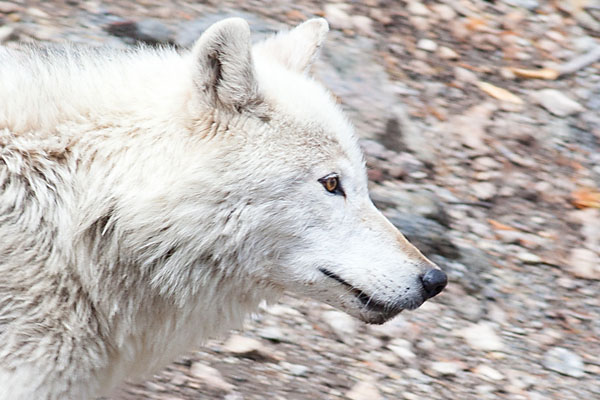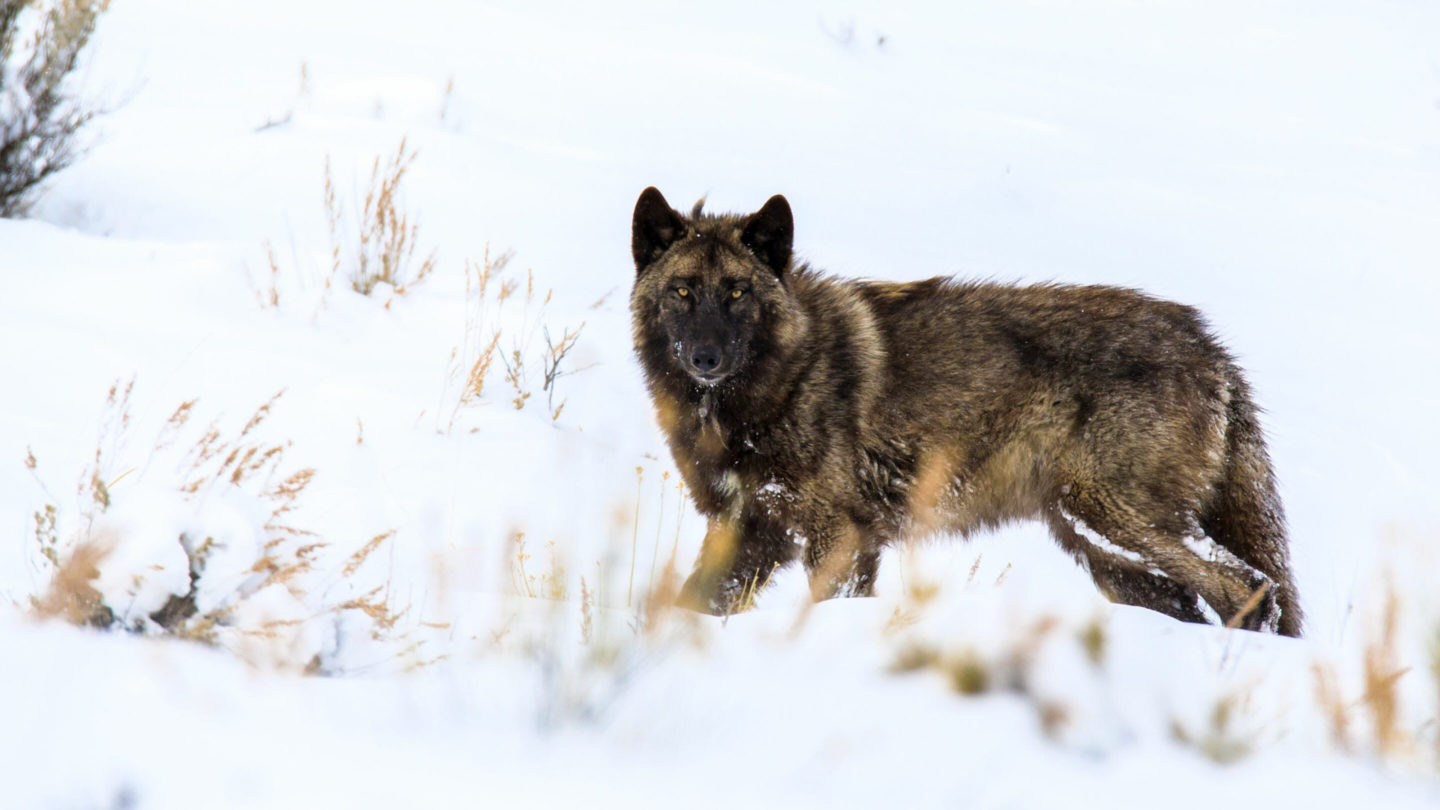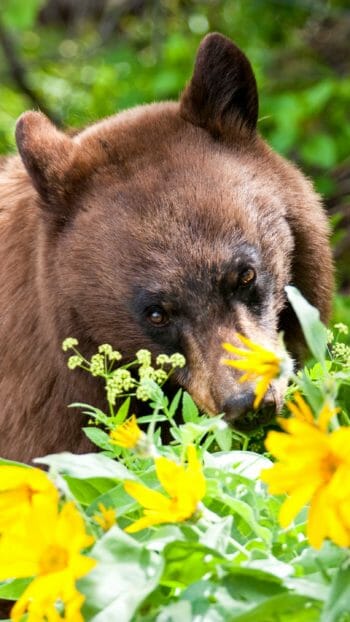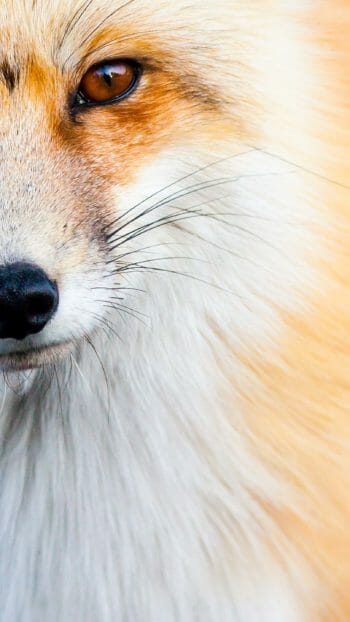From a perspective rooted in preservation, the relationship between wildlife and humanity has been tumultuous and dynamic. Animals at one point in history were primarily perceived as either a vital resource for survival or a treacherous threat. Humankind by nature is a hunter, an apex predator, therefore species like elk, deer, bison or pronghorn were highly sought after prey before the establishment of ranches and farms designed to feed a growing civilization. Whilst naturally occurring predators such as wolves, mountain lions and bears were interpreted as competition, something that needed to be eliminated during a historic period capitalized by survivorship. This mentality contributed to the near eradication of a multitude of native wildlife found in North America, and as a result, the balance of ecosystems like that of the Greater Yellowstone region sunk into disarray. A “trophic cascade” is the technical term for when one important part of the food pyramid is removed resulting in all the pieces falling out of place. A superlative example of this is the relationship between another apex predator, the gray wolf and their preferred prey, the elk.
By the 1950’s the gray wolf was essentially exterminated from the contiguous United States. Perhaps a few individuals still roamed the landscape, but not enough to fulfill their role as an apex predator. As a result elk populations lost a major regulatory force and therefore their numbers began to dramatically increase. Being herbivores, a higher concentration of elk contributes to a greater consumption of vegetation and the eventual reduction of plant species which impacts a variety of other animals that thrive off similar foraging. The imbalance that results from such disparity reveals the vital role the gray wolf plays in the food web. Scientifically this species has been proven to play a vital role in the Greater Yellowstone Ecosystem, which is why in 1995 the wolf was iconically reintroduced into Yellowstone National Park. This reintroduction was initially part of a five year plan to rehabilitate an important predator into this Rocky Mountain region, but was successful enough in its initial years that further reintroduction ended after 1996.

Two dramatic facades have evolved over the time frame in which the Gray Wolf has been restored in the Greater Yellowstone Ecosystem. One side continues to perceive wolves as a predator that decimates prey populations and poses a major threat to domestic agricultural animals, and another which believes the wolf to be a precious resource that must be preserved at all costs. Neither faction is entirely right or wrong in their beliefs. Wolves undoubtedly present a threat to cattle ranchers and elk populations, yet continue to play a very important role in a food web that evolved thousands of years ago. The media does little to alleviate the drama between these different perspectives. News headlines use clickbait phrases such as “wolf slaughter” or “struggling elk populations” which incentivize readers to choose sides rather than consider the amount of research which has led to these wildlife management policies being established.
The lower 48 states were home to only a handful of naturally occurring wolves leading up to 1995, and thanks to restoration efforts that population is currently nearing 5,000. While this may not compare to historical numbers predating the western expansion of humanity, it is evidence of a conservation success story that continues to this day. Places like Yellowstone National Park have become a prime venue in which to seek out opportunities to observe gray wolves. Viewing and photographing wolves has become a huge draw for tourism and thus a chief source of revenue for the park as well as accruing funding for ongoing conservation practices. However, tourism is not the only source of financial profit that wolves have created. There is now a hunting season in select states where the species is considered “recovered”, which generates hundreds of thousands of dollars of revenue for natural resource management through purchases of permits and conservation stamps.

Wolf hunts have been as equally controversial as their reintroduction. Both national and local news sources continue to do little to lessen such divisive thinking, which inevitably results in lack of unity in conservation practices. This is where the value of presenting facts and the honest ecology of wildlife management is revealed. For the gray wolf, the Endangered Species Act of 1973, which mandates federal protections to specific species that are at risk of going extinct, was a vital step in restoring the species. Yet it was not meant to be a permanent solution, once restoration has been achieved these strict federal protections will be lifted. Delisting a species is not a simple affair, wildlife biologists will conduct extensive research to determine the minimum number of breeding individuals needed per geographic region in order to sustain a stable population. This number is determined by researching breeding success rates, natural threats to the population like disease, as well as the quantity/quality of natural habitat left to support the animal. Once an animal is delisted, management will return to the state.
For the Northern Rocky Mountain Region, which consists of Wyoming, Idaho and Montana, the minimum population of wolves was established as 300, with at least 30 breeding pairs throughout the region. As of 2022 over 2,000 wolves are estimated to inhabit those three states, a number that has increased since the species was initially delisted in 2011 (since then federal protection of wolves has gone back and forth). With populations remaining stable and even growing, wolf hunts were inevitably going to be integrated into management practices. Hunting wildlife is both a population control mechanism as well as a means to maintain balance for both the ecosystem and the human users, or “stakeholders” which includes a broad range of parties that could include ranchers, wildlife photographers, guiding companies in the National Parks and even private landowners. The reality here being, wolves cannot be managed without taking a human dimension into consideration, and one interest group cannot have a priority over another.

Yellowstone is often an epicenter upon which these two groups collide. Much of the conflict between preservationists and hunters/ranchers/land owners is stimulated by impact to the Yellowstone National Park wolf population. Wolves are not hunted on national parkland, yet if a wolf leaves the park a hunter with the proper permit can legally harvest it. Park wolf enthusiasts see any loss of population as a huge impact to eco-tourism derived revenue. While a lower concentration of wolves in the Greater Yellowstone Ecosystem will result in fewer sightings in areas like the iconic Lamar Valley, it is still part of an overarching management plan to regulate the population. Hunting is not only designed for the participant to take home a bounty, but is also a crucial mechanism of population control. The reality being, human habitation has integrated itself throughout a variety of natural landscapes which has permanently altered native habitats for many wildlife species. As a result, the carrying capacity of these habitats is lower than it historically was, creating new challenges in maintaining a balanced ecosystem. One means to achieve a sustainable stability between humankind and the wild is regulated hunting.
Within legal bounds, state and federally run wolf hunts will not eliminate the species. It is a thinning of the population, with numbers predetermined by research conducted by US Fish and Wildlife, meant to improve the distribution of resources like prey and territory, and also reduce the spread of disease like canine distemper, mange and parvovirus. Unfortunately wolves from Yellowstone are at risk of being harvested if they leave the National Park, but those renown individuals comprise only a small segment of the entire Northern Rocky Mountain Region population. So should the notoriety of the Yellowstone National Park wolf population be a greater influencing factor over the management of an entire species in regions that are not national park? This is where charisma and science clash, and the intentions of wildlife management can be skewed into something sinister.
Emotionally, the harvest of wolves will make those who want to see the species re-inhabit the entirety of its native range very distraught. On the other side, those with a disdain for the species due to having livestock at risk of predation will never be satisfied as long as these particular canines continue to roam the landscape. Empirically, the gray wolf is here to stay. So much funding and effort has been invested into bringing the species back from essential extinction in the lower 48 states, thus it makes no sense state and federal legislators would allow wolf populations to once more be demolished. There are plenty of resources to investigate that will condemn or justify wolf preservation and hunts. However reading unbiased sources like management plans shared directly from the US Fish and Wildlife Service can provide direct data as to why certain practices are conducted, and albeit more boring, can be impartially insightful.






